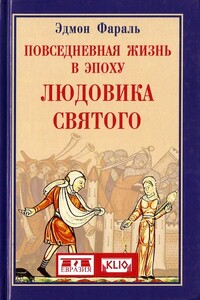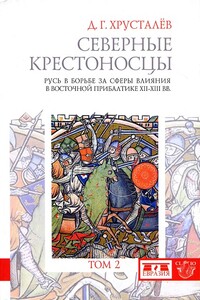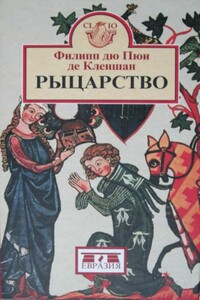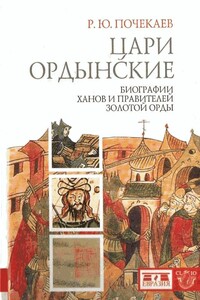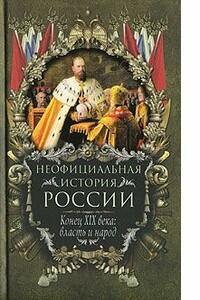Cases of usurpations and impostures are described under "geographica" principle. So, the first Chapter devoted to fight for power in the Mongol Empire and Yuan Empire. In the second chapter author characterizes political fight in Chaghaday Ulus. Third chapter is about fight for power in Ilkhanate and its sucessors (including states which didn’t pretend for Chinggisid legacy). In the forth chapter usurpers and impostors of the Ulus Jochi (the Golden Horde) are described, whereas next, fifth chapter devoted to political fight in states — heirs of the Golden Horde. Special, sixth, chapter is about political processe in Kazakhstan since the 18>th to the 20>th cc. Political processes in different states of Central Asia are descrivbed in the seventh chapter. An the last, eighth, chapter author characterizes fight for power in Mongolian states after the fall of the Yuan Empire.
In spite of different regions, different epochs and different political situation in Turkic and Mongol states (including even religious difference) we could say that a lot of methods and ways to legitimate claims for the throne were common for pretenders in all above-mentionpd states. And even in the 20>th c. some usurpers used instruments of political fight which were developed during the Middle Ages. This trend allows us to state that political and legal traditions in the Turkic-Mongol World are very long-lived and study of political processes of former times could help to understand better modern political situation in Eurasia.

